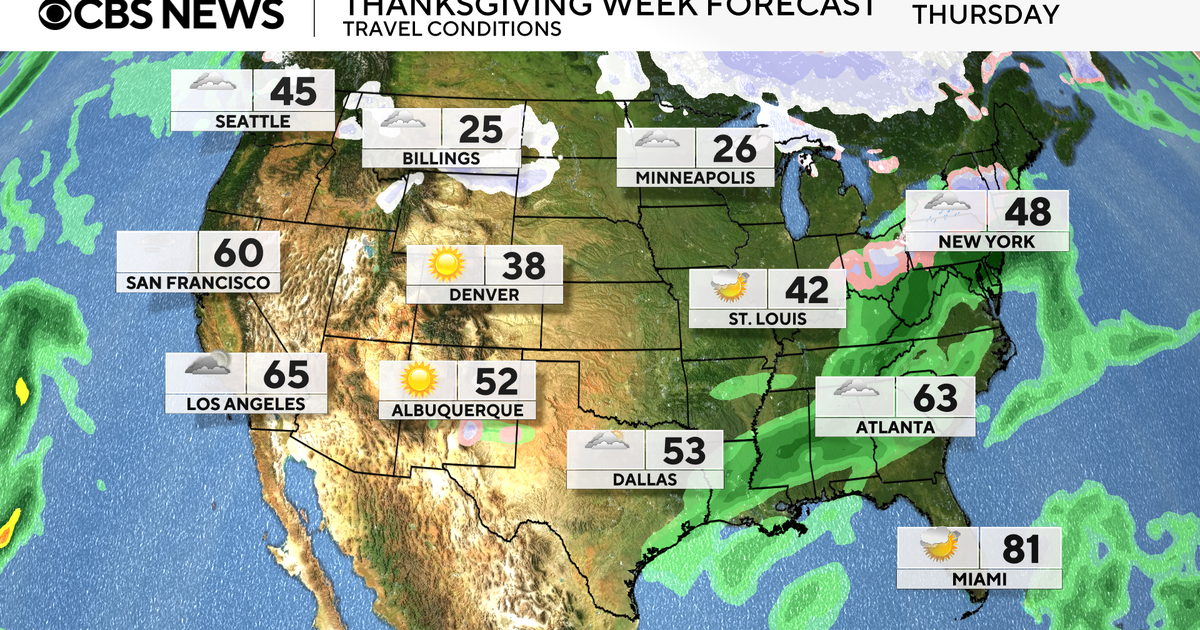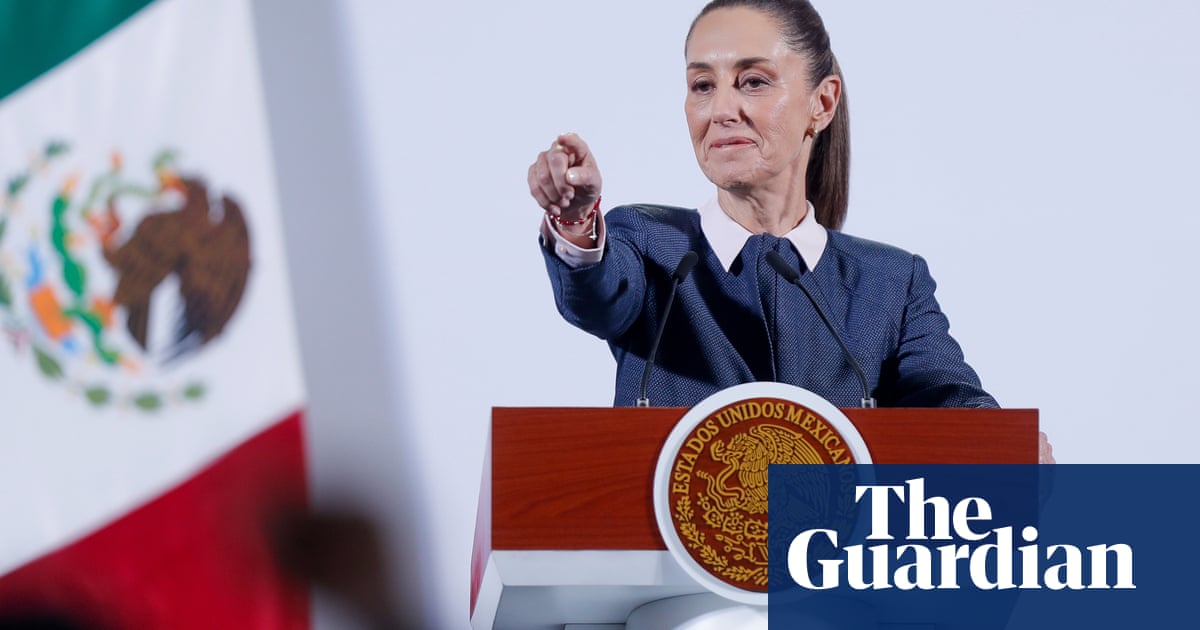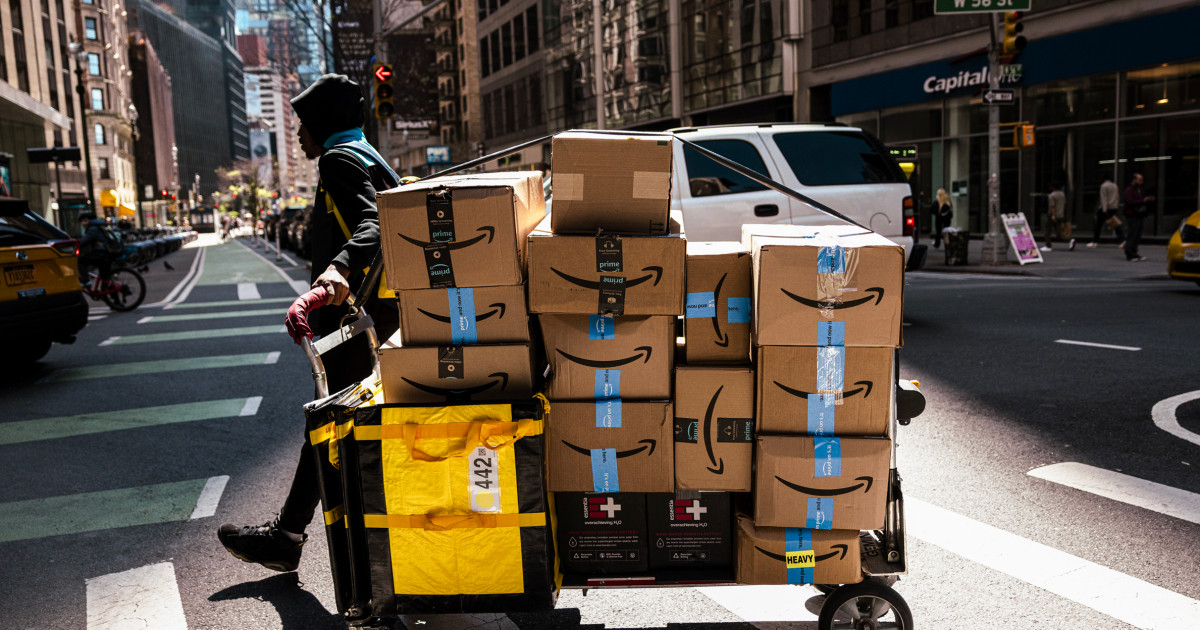Jobs
What are tariffs? What to know about Trump’s latest plan and what it means for the US

President-elect Donald Trump on Monday sent shockwaves across multiple countries, vowing sweeping new tariffs as soon as he takes office as part of his effort to crack down on illegal immigration and drugs.
The move, though surprising in some ways, is in line with economic plans Trump revealed during his presidential campaign.
The president-elect asserts that tariffs — basically import taxes — will create more factory jobs, shrink the federal deficit, lower food prices and allow the government to subsidize childcare.
Economists are generally skeptical, considering tariffs to be a mostly inefficient way for governments to raise money. Some are especially alarmed by Trump’s latest proposal.
What are tariffs and what has Trump proposed?
Here’s an explainer:
What is a tariff?
Tariffs are taxes imposed on goods that are imported from another country.
In the U.S., tariffs aim to discourage companies importing goods from places like China by making them pay more for the items they are trying ship in.
They are typically charged as a percentage of the price a buyer pays a foreign seller. In the United States, tariffs are collected by Customs and Border Protection agents at 328 ports of entry across the country.
The tariff rates range from passenger cars (2.5%) to golf shoes (6%). Tariffs can be lower for countries with which the United States has trade agreements. For example, most goods can move among the United States, Mexico and Canada tariff-free because of Trump’s US-Mexico-Canada trade agreement.
Who pays tariffs?
Trump insists that tariffs are paid for by foreign countries. In fact, it is importers — American companies — that pay tariffs, and the money goes to U.S. Treasury. Those companies, in turn, typically pass their higher costs on to their customers in the form of higher prices. That’s why economists say consumers usually end up footing the bill for tariffs.
Still, tariffs can hurt foreign countries by making their products pricier and harder to sell abroad. Yang Zhou, an economist at Shanghai’s Fudan University, concluded in a study that Trump’s tariffs on Chinese goods inflicted more than three times as much damage to the Chinese economy as they did to the U.S. economy.
What does Trump plan?
In a pair of posts on his Truth Social site Trump railed against an influx of illegal migrants, even though southern border apprehensions have been hovering near four-year lows.
He said he would impose a 25% tax on all products entering the country from Canada and Mexico, and an additional 10% tariff on goods from China, as one of his first executive orders.
He said the new tariffs would remain in place “until such time as Drugs, in particular Fentanyl, and all Illegal Aliens stop this Invasion of our Country!”
Trump’s stance on international trade is to distrust world markets as harmful to American interests. During his campaign, he proposed tariffs of 10% to 20% on foreign goods — and in some speeches mentioned even higher percentages.
He promised to reinstitute an August 2020 executive order requiring that the Food and Drug Administration buy “essential” medications only from U.S. companies. He pledges to block purchases of “any vital infrastructure” in the U.S. by Chinese buyers.
As a billionaire who made his name in real estate, the former president has argued for higher tariffs to bring more factories into the United States and tax cuts for the wealthy and corporations on the premise that will lead to more investment.
“We will give our companies the lowest taxes, the lowest energy cost, the lowest regulatory burdens, and free access to the best and biggest market on the planet,” Trump said at a rally just before the election. “The problem is, if we had more of these idiots running our country, you won’t have a big and best market anymore because we’re a nation in decline.”
In an interview with Bloomberg Editor-in-Chief John Micklethwait for the Economic Club of Chicago last month, Trump told the room tariff is “the most beautiful word in the dictionary.”
“It’s my favorite word. It needs a public relations firm to help it, but it’s the most beautiful word,” he said.
He argued that his plans for implementing, in some cases, tariffs up to 100% will bring companies back to the U.S. Micklethwait, however, raised questions over the loss of jobs for companies relying on China for their business and trade, saying, “you could be plunging America into the biggest trade war.”
“There are a lot of jobs that rely on foreigners coming here. You’re going to basically stop trade with China. You’re talking about 60% tariffs on that. You’re talking, as you said, 100%, 200% on things you don’t really like. You’re also talking about 10-20% tariffs on the rest of the world. That is going to have a serious effect on the overall economy,” Micklethwait said. “And yes, you’re going to find some people who will gain from individual tariffs. The overall effect could be massive.”
“I agree it’s going to have a massive effect – a positive effect,” Trump replied.
Trump also faced questions over the impact such tariffs could have on foreign policy.
“You’re talking about slamming allies with 30%, 20% tariffs. Isn’t this time you’re going to end up trying to rally the West and you’re dividing it instead? Isn’t that the real problem with tariffs, even beyond all the problems to the economy, where you keep on bringing up these individual examples, but the overall effect is going to be dramatic,” Micklethwait said.
Trump, who said “we have never been so close to World War III as we are right now,” argued that U.S. allies “have taken advantage of us more than our enemies.”
What are the pros and cons of tariffs?
By raising the price of imports, tariffs can protect home-grown manufacturers. They may also serve to punish foreign countries for committing unfair trade practices, like subsidizing their exporters or dumping products at unfairly low prices.
Before the federal income tax was established in 1913, tariffs were a major revenue driver for the government. From 1790 to 1860, tariffs accounted for 90% of federal revenue, according to Douglas Irwin, a Dartmouth College economist who has studied the history of trade policy.
Tariffs fell out of favor as global trade grew after World War II. The government needed vastly bigger revenue streams to finance its operations.
In the fiscal year that ended Sept. 30, the government is expected to collect $81.4 billion in tariffs and fees. That’s a trifle next to the $2.5 trillion that’s expected to come from individual income taxes and the $1.7 trillion from Social Security and Medicare taxes.
Still, Trump wants to enact a budget policy that resembles what was in place in the 19th century.
He has argued that tariffs on farm imports could lower food prices by aiding America’s farmers. In fact, tariffs on imported food products would almost certainly send grocery prices up by reducing choices for consumers and competition for American producers.
Tariffs can also be used to pressure other countries on issues that may or may not be related to trade. In 2019, for example, Trump used the threat of tariffs as leverage to persuade Mexico to crack down on waves of Central American migrants crossing Mexican territory on their way to the United States.
Trump even sees tariffs as a way to prevent wars.
“I can do it with a phone call,’’ he said at an August rally in North Carolina.
If another country tries to start a war, he said he’d issue a threat:
“We’re going to charge you 100% tariffs. And all of a sudden, the president or prime minister or dictator or whoever the hell is running the country says to me, ‘Sir, we won’t go to war.’ ”
Tariffs raise costs for companies and consumers that rely on imports. They’re also likely to provoke retaliation.
The European Union, for example, punched back against Trump’s tariffs on steel and aluminum by taxing U.S. products, from bourbon to Harley-Davidson motorcycles. Likewise, China responded to Trump’s trade war by slapping tariffs on American goods, including soybeans and pork in a calculated drive to hurt his supporters in farm country.
A study by economists at the Massachusetts Institute of Technology, the University of Zurich, Harvard and the World Bank concluded that Trump’s tariffs failed to restore jobs to the American heartland. The tariffs “neither raised nor lowered U.S. employment’’ where they were supposed to protect jobs, the study found.
Despite Trump’s 2018 taxes on imported steel, for example, the number of jobs at U.S. steel plants barely budged: They remained right around 140,000. By comparison, Walmart alone employs 1.6 million people in the United States.
Worse, the retaliatory taxes imposed by China and other nations on U.S. goods had “negative employment impacts,’’ especially for farmers, the study found. These retaliatory tariffs were only partly offset by billions in government aid that Trump doled out to farmers. The Trump tariffs also damaged companies that relied on targeted imports.
If Trump’s trade war fizzled as policy, though, it succeeded as politics. The study found that support for Trump and Republican congressional candidates rose in areas most exposed to the import tariffs — the industrial Midwest and manufacturing-heavy Southern states like North Carolina and Tennessee.
What would tariffs mean for the American people?
According to the Tax Foundation, while tariffs “do place an economic burden on foreign exporters, the costs are often borne by consumers in the country that is imposing them.”
“Tariffs directly increase the cost of domestic sales by artificially increasing the price on imports,” the organization stated.
Experts agree.
“Ultimately, the cost of tariffs will be paid by us, the consumer,” George Ball, chairman of investment management firm Sanders Morris, told CNBC. “They’ll be buying things at higher prices than they otherwise would.”
The true impact or rise of costs remains to be seen, however.
Clark Bellin, chief investment officer at Bellwether Wealth, said the relationship isn’t as simple as some Democrats have suggested, “especially when you throw the inflation we’ve been having into the mix.”
The Peterson Institute for International Economics estimates the yearly cost of a 20% universal tariff, paired with a 60% tariff on China, would cost a typical U.S. household $2,600 per year.
Meanwhile, The Tax Foundation estimates a 10% universal tariff would increase taxes on U.S. households by an average of $1,253 in 2025, and a 20% tariff would increases costs by $2,045.
A report from the National Retail Federation estimated up to $7,600 in additional costs per U.S. household annually if Trump’s tariffs are imposed.
“While impacts as a share of the U.S. economy may seem small, it is a different story for individual products, including
many consumer goods whose prices already are inflated by extra tariffs on Chinese imports,” the report stated.
Trump has argued, however, that tariffs will prompt other countries to negotiate better trade deals and motivate them to lower their own tariffs on U.S. imports.








